Learning Blog
Continuing Your Fashion Design Education
ashion design is a competitive, evolving industry with complicated dynamics and a constant need for quick, fresh styles. Thus, the best way to stay current with the changing seasons is to research trends, predict the fashion cycle and continue learning.
However, once your fashion design education ends and you have launched your designs, it can be easy to lose inspiration or fall into a rut.
As with any career, it is always important to continue your education, which will only help you stay up to date on the latest and greatest trends. Whilst that might sound great in theory, you might find yourself wondering how you can continue to learn and evolve within your career whilst still bringing in a consistent income. Well, surprisingly, there are many ways that you can continue to teach yourself about fashion even after you have launched designs.
So, if you are looking to stay competitive and would like to continue your fashion design education, the following pointers will keep you on the road to career success.
Dissect Clothing
The chances are good that you already have some sewing skills and, while you studied fashion design, you learned how to cut and grade patterns.
After some time in the fashion industry, you have probably worked with the different seams and stitches, which has provided you with an opportunity to practise every skill you learned during your training.
One way to continue your education and expand upon the skills you learned during your education is hands-on practice. To do this, you should find clothing similar to the garments you have designed and completely take them apart. You can think of this exercise as a way to gain insight into other techniques and methods that can be used for garment construction. When you do this, you can save lost time and money and avoid making mistakes in the production process.
Learn Garment Terminology
After some time in the fashion industry, you will pick up on some common terminology and it will become like a second language. However, there are a ton of different garment types that you might be designing or working with in your career. Although it can be overwhelming, once you make your mark in the fashion world, it is a good idea to expand upon your knowledge and learn some of the different types of garment terms. For example, a beginning fashion design student might have basic knowledge of jersey knit t-shirts, cotton blends and other dress shirts. But a fashion design student with a continued education will know the difference between the different types of shirt pleats and plackets. Another example involves several different coats, such as trench coat, pea coat, blazer or biker. Fortunately, there are several cheat sheets available online to help you with your continued education.
Ask Questions
Fashion design has an extensive history, which continues to draw inspiration from the decades’ past. Some of the most successful designers in the industry are emulating looks and styles from other designers before them.
As you seek to continue your education, it is a good idea to follow this example and ask questions whenever possible. If you have an opportunity to attend a trade or fashion show, it is a good idea to take the time to participate in these events and soak up every bit of design and industry knowledge you can glean.
Also, benefit from the years of fashion experience in the room with you and don’t be afraid to ask questions about other designers’ styles or production processes.
Build Your Portfolio
As you continue to create garments, make sure you are taking a picture of your designs and building a solid portfolio of your work.
Even if you are not working with design clients or for a studio or boutique, you can still design your own garments and build a portfolio of your collection. Your portfolio will serve a variety of purposes throughout your career, but it can also be an essential educational tool.
One of the best ways to learn is through self-analysis, which is what you will do when looking back on your portfolio.
After you have completed a sketch or garment, snap a picture and add it to a portfolio. You can also build a toile, which is another way to step back and analyse your work. At this point, you should step back and look at your work and find any areas for improvement.
You should also take your portfolio with you to any job interviews and ask seasoned professionals for feedback on your designs. This way, you are always learning and growing your design skills. As you advance your skills in the fashion industry, these tips will help you to continue your industry education and help you stand out amongst the competition. This, of course, will also give you a head start when you finally enter into the industry.
Learn with confidence...


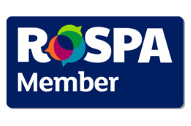
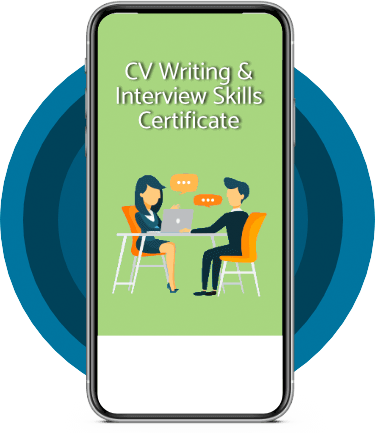 RRP
$100
RRP
$100
Get a FREE Course
Tick this box to Sign up for our newsletter, and get access to the Interview Skills and CV Writing Certificate course for free! By signing up, you agree to our Privacy Notice & Cookie Policy and to receive marketing and related emails from academy+ brands. You can unsubscribe at any time.What our students say about us...
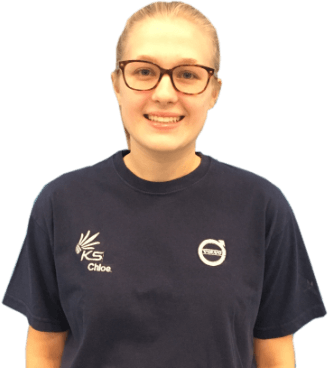
Lovely course for people who want to know the basics and of sign language. It's has helped me to get more of an understanding and will greatly benefit me in my workplace. So easy to pick up and the videos were easy to understand. Would definitely recommend to anyone.
Chloe Hambly
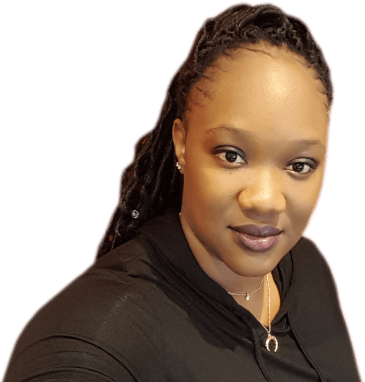
Omg im so excited, over joyed and all the good stuff that comes to mind! Wonderful experience doing lessons with New Skills Academy. I look foward to doing more courses with them. I hope this will encourage others to come on board and refresh your minds or to learn something new, it's a win win situation. I want to thank New Skills Academy so much for making this as simple as possible for me.
Shari Anderson

This course is a great way to brush up on my rusty excel skills, I recommend this course to anyone looking for something to do during lockdown, it's easy to use and talks you through each stage step by step. It has given me the confidence I need to further my career.
Georgia Darke

The course was clearly set out with helpful end of week tests which built my knowledge. Being dyslexic I found the course was set out in an easy to understand way. I was able to pass the test on my first attempt. The downloaded pdf are a useful resource that you can keep forever. Looking forward to the next course
Ross Dunsten

Yet another well laid out course. This is my 3rd course so far with New Skills Academy.
More than likely will be back for another one soon. This course was enjoyable to do, and I learnt a lot and passed first try. My certificate will be up on the wall soon.
Rob Coops
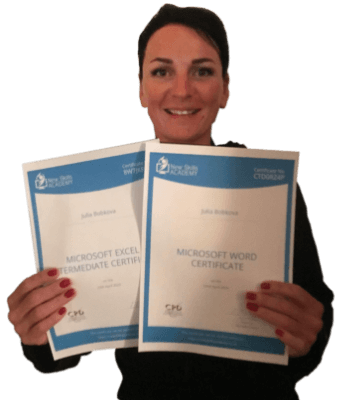
This is a great course for any level of knowledge. Very easy to navigate, great practical tasks and explanations are very clear. You can revise any module with no problem. The test wasn’t too hard if you completed every module. It may be handy to make some notes before you start. Overall I'm very happy with my choice. Thank you New skills for my New skills :)
Julia Bobkova

Very interesting and helpful course. I ve learned a lot of interesting things about make up and the tutorials were very helpful and easy to understand. I really reccomend this course for everyone who is passionate about make up and wish to develop their skills and make a career from their hobby.
Nicoleta Lucaci

I am a doctor. This course is well organized, covering all areas of CBT. The videos and practical tips are very helpful. All the modules are arranged with good explanations and examples. Also each module consists of quick test and assignment which enables you to gain knowledge. Finally I would like to thank the New Skills Academy team.
Dr. M. Arshad




